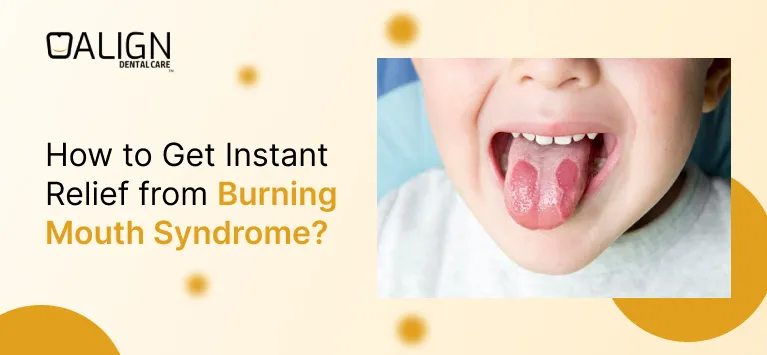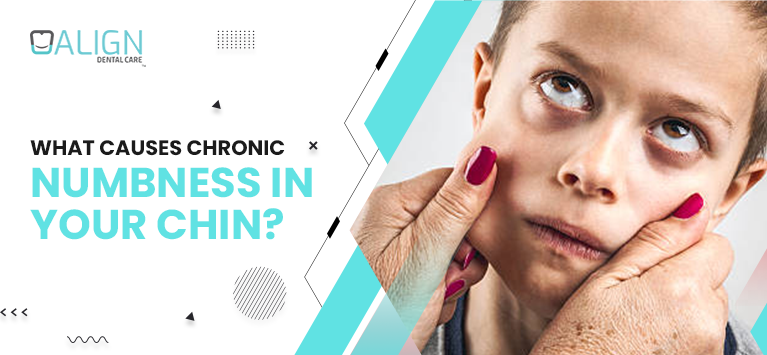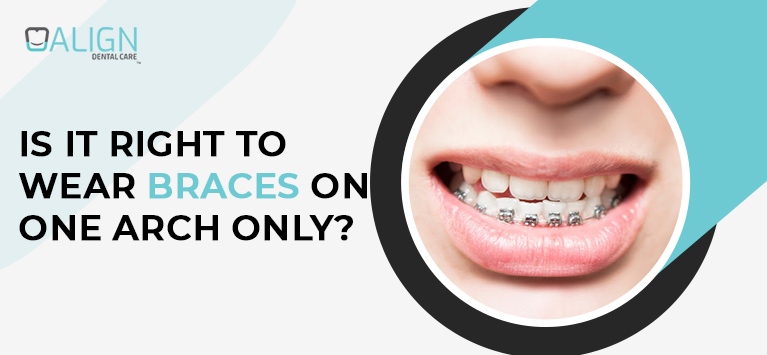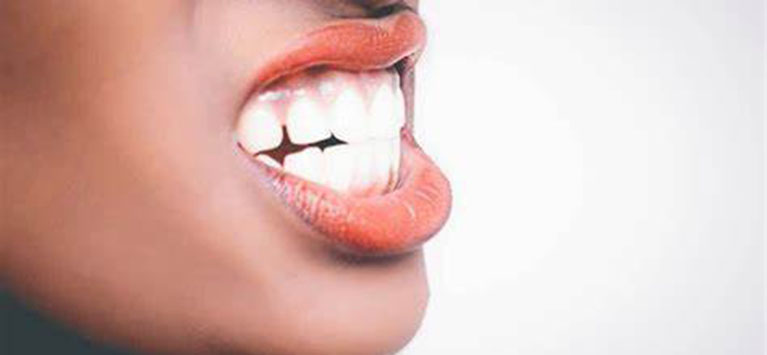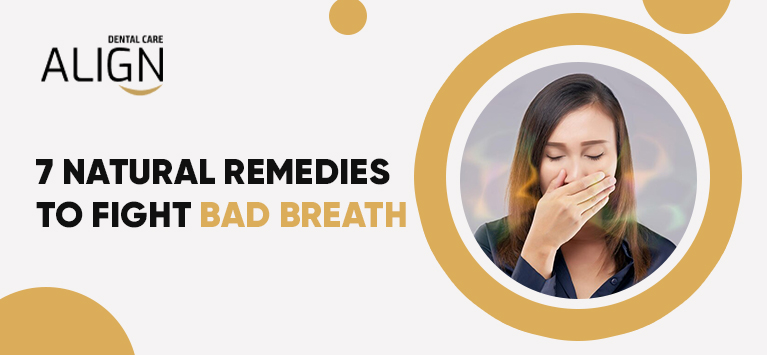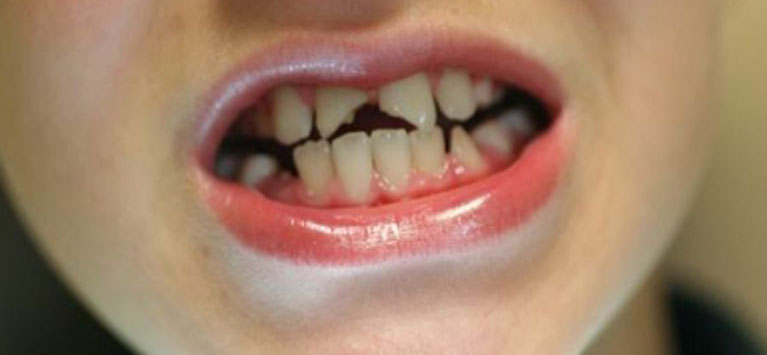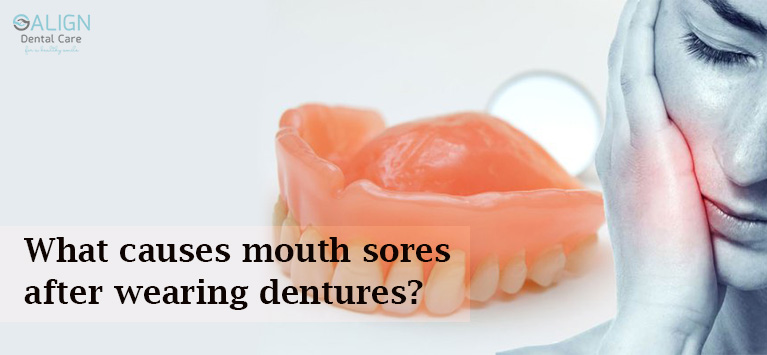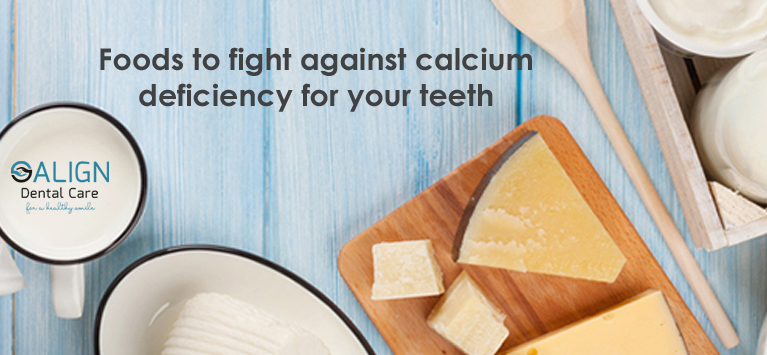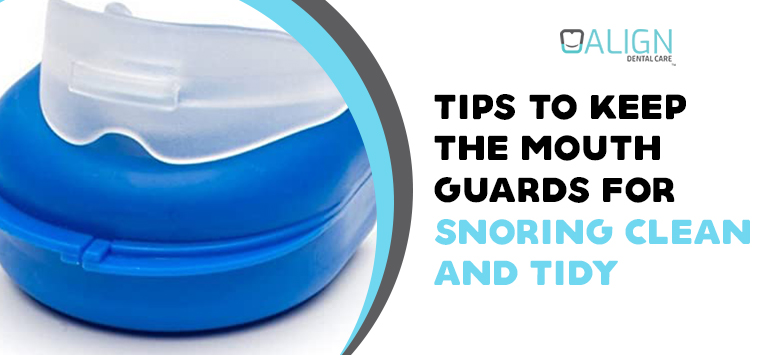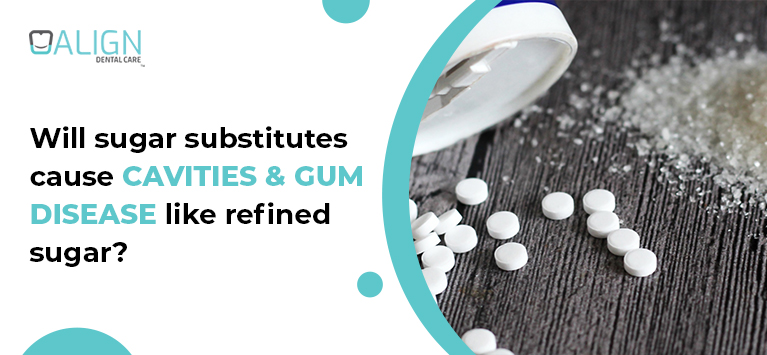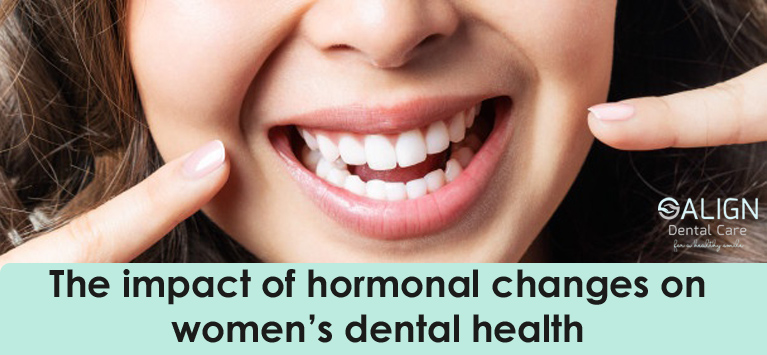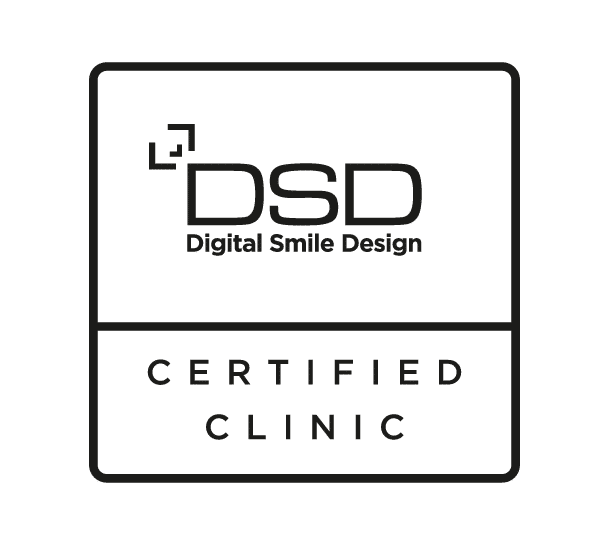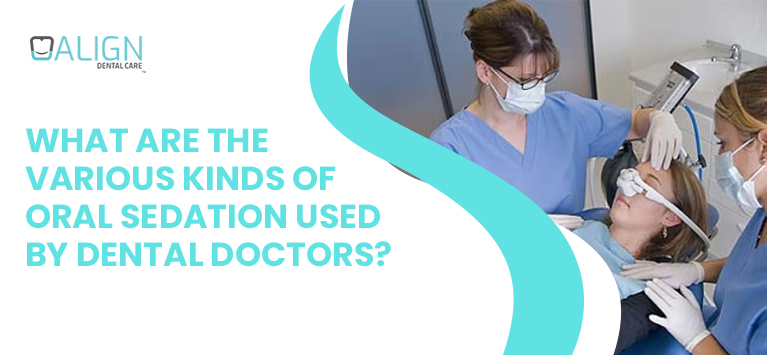
What are the various kinds of oral sedation used by dental doctors?
If you are anxious about dental treatments, feel hard to endure the agony of pain, having fear of needles, or other factors due to which neglecting dental treatments, sedation dentistry will be the right choice for people like you.
Dentists use various conscious sedation drugs to make you relax and feel comfortable during dental procedures. Once the drug is administered or injected, you will be awake but do not sense what is going on around you. In individual cases, you might not remember until the sedation lasts. It is also known as “Sleep Dentistry“.
In this post, our dentists have explained the different types of sedation available in dentistry nowadays.
Table of Contents
1) Nitrous Oxide
It is called minimal sedation because it can leave your system quickly. Similarly, this is the only sedation option that allows you to perform regular activities immediately after the procedure.
Dental doctors make a patient inhale nitrous oxide through a mask or nosepiece. It is also known as “Laughing gas” that has a euphoric effect on our body once it is combined with oxygen. The calming effects begin within 3 to 5 minutes. Your dentist would take care of adjusting the sedation dosage to meet your needs. It is safe and recommended for kids also.
2) Oral Conscious Sedation
In general, oral conscious sedation is given in pills. For kids, liquid sedation is provided. Usually, Valium pill or one of its derivatives is used in sedation dentistry. Dentists administer it in minimal to moderate amounts depending on the total dosage required for a patient.
For people who require minimal sedation, a pill is given whereas a larger dose is given for moderate sedation. Once this sedation is taken, the patient would feel groggy or fall asleep but can be awakened with a gentle nudge.
Keep in mind that the sedation temporarily affects the memory and motor skills until it exists in the system. So you need a person to accompany you after the procedure is completed.
3) Intravenous (IV) Moderate Sedation
IV sedation is preferred during complex procedures such as gum flap surgery. This sedative is injected directly into the bloodstream through veins under the guidance of an anesthesiologist and the dentist has to adjust the level of sedation continuously. It makes the patient completely unconscious throughout a procedure.
Hence you would not sense any pain. In certain circumstances, reversal medications are required.
4) General anesthesia
General anesthesia is preferred when a dentist feels it is the only option to meet the patients’ needs. For instance, kids with special needs do not calm in a dental chair even though they do not pain after administering sedation. Hence dental doctors should make the child unconscious. In such cases, general anesthesia is required. Once the anesthesia is injected, the patient will not awaken until the anesthesia wears off.
Articaine, Idocaine, Prilocaine, Bupivacaine, and Mepivacine are the most common anesthetic agents used in dentistry.
Bottom line
In dentistry, sedations are used for numerous treatments from simple tooth cleaning to complex surgical procedures. It depends on the unique needs and severity of the fear of each patient.
The sedative drugs like midazolam, dexmedetomidine, propofol, and others used by dentists are safe and do not cause any harmful effects.






